Article Overview
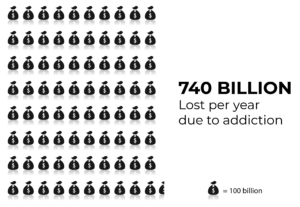 Over 740 billion dollars are lost each year in the United States because of drug abuse and addiction. This figure includes losses in work productivity, the costs associated with increased crime, and health care spending. Drug abuse and addiction are some of the most costly and pervasive societal problems plaguing the United States today. These problems persist even in Santa Barbara and Ventura Counties.
Over 740 billion dollars are lost each year in the United States because of drug abuse and addiction. This figure includes losses in work productivity, the costs associated with increased crime, and health care spending. Drug abuse and addiction are some of the most costly and pervasive societal problems plaguing the United States today. These problems persist even in Santa Barbara and Ventura Counties.
 In 2016, over 63,000 people in the United States died from drug overdoses, both legal and illegal. Adjusted for age, in 2016 the rate of overdose deaths in the United States had increased three-fold since 1999. Synthetic opioids were the leading cause of drug overdose deaths.
In 2016, over 63,000 people in the United States died from drug overdoses, both legal and illegal. Adjusted for age, in 2016 the rate of overdose deaths in the United States had increased three-fold since 1999. Synthetic opioids were the leading cause of drug overdose deaths.
As of 2019, the situation had only worsened. That year, upwards of 70,000 people in the United States suffered from a fatal drug overdose, according to the National Institute on Drug Abuse (NIDA). In 2019, 49,860 overdose deaths involved an opioid drug. A 2018 report from NIDA indicates that about 45% of fatal overdoses in California involve opioids. The synthetic opioid fentanyl has been a growing problem in California, but heroin overdose deaths are also increasing.
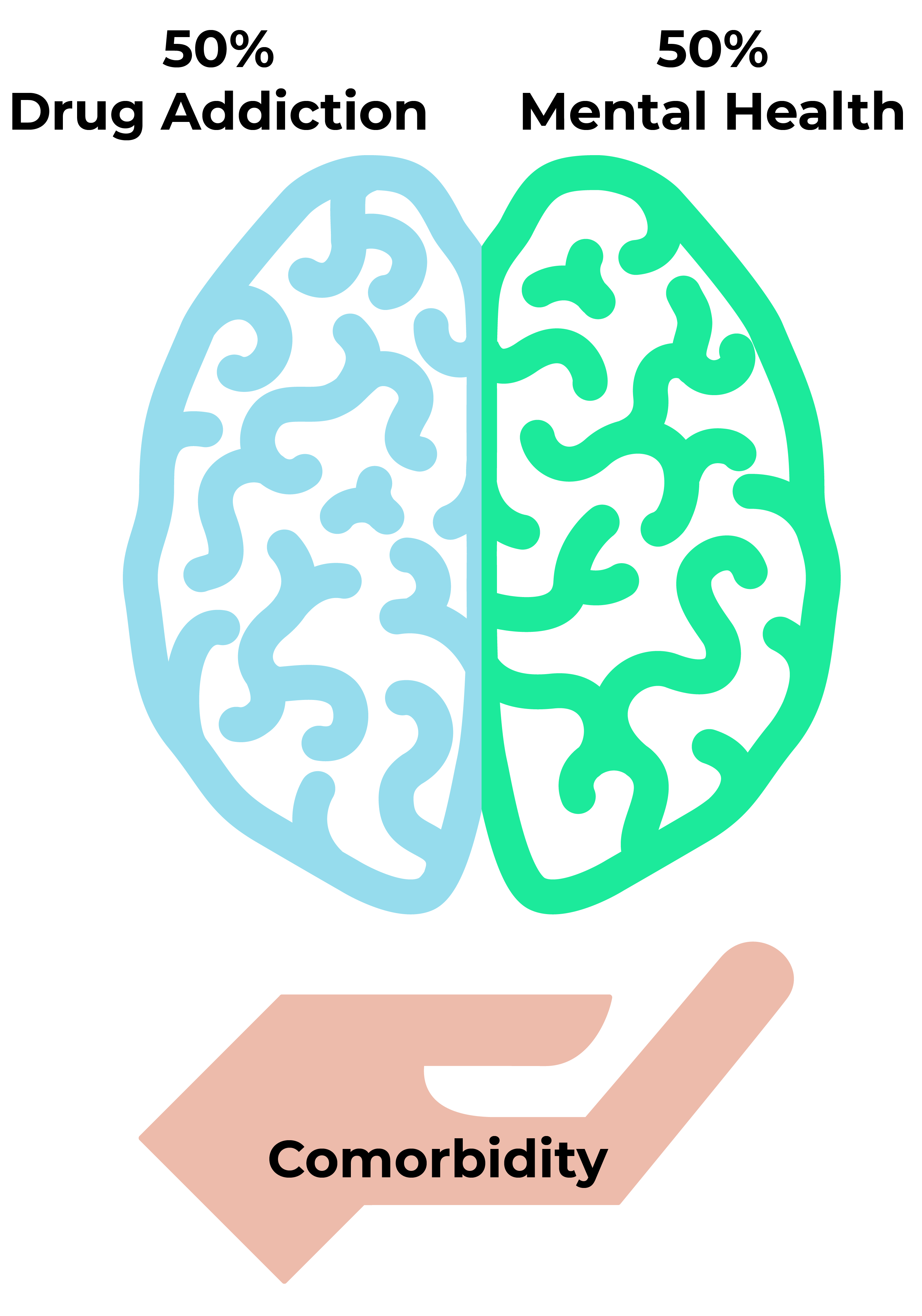
Mental health-related issues exacerbate drug use, emerging either after the drug dependency is formed, or causing it.
When one adverse condition overlaps with another it is referred to as comorbidity, and the comorbidity rates of drug addiction and mental health are at fifty percent. Mental health disorders and drug addiction often share the same causes, such as environmental triggers and genetic vulnerabilities.
The comorbidity of drug addiction and adverse mental health conditions require more specific and specialized treatment plans. Complicating matters further, it is necessary to determine which came first, the drug addiction or the mental health condition.
Did it emerge after the drug abuse? Or was the drug used to self-medicate the primary mental health condition?
Self-medication involves the use of illicit drugs, alcohol, or the off-label use of prescription drugs to treat a mental health disorder. Findings show that sufferers of anxiety disorders have the highest self-medication rates at 21.9%, and Caucasians and men have higher self-medication rates at 84.5%, and 55.4%, respectively.
Researchers have also determined that those who self-medicate have higher rates of suicidal thoughts, ideation, and are also more likely to attempt suicide. These findings stress the need for more understanding and better treatment options for those suffering from mental illness and comorbid drug and alcohol abuse.
Mental health, drug addiction, and abuse rates vary across the country, with marked differences showing across geographic areas. In some instances, the differences are stark even across county lines.
The following article will examine comorbidity connections in detail and offer a breakdown and overview of mental health and drug addiction statistics specific to Southern California, and the Santa Barbara and Ventura County areas. The end of the article will explore specific treatment programs and their availability in Southern California.
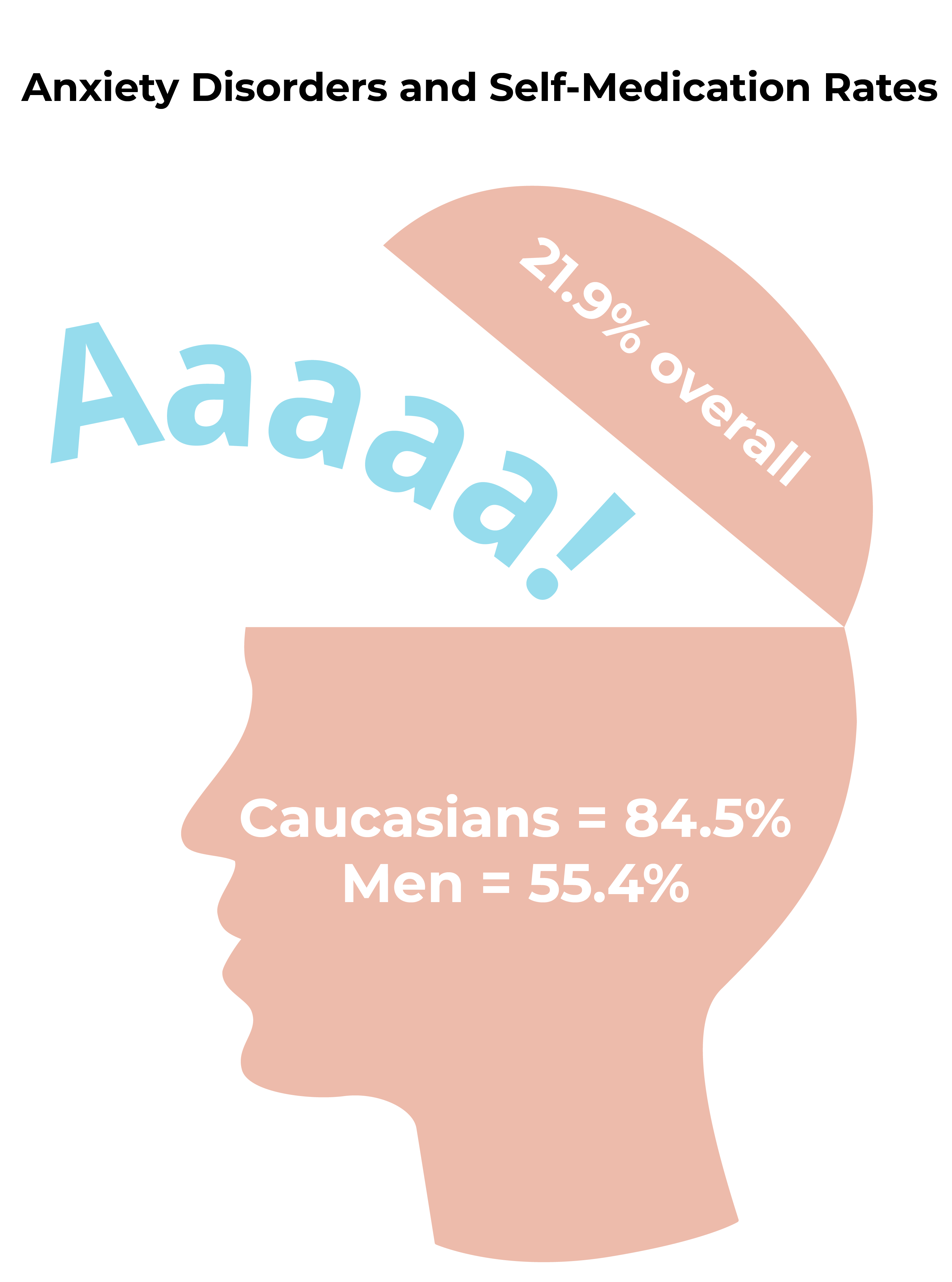
Santa Barbara and Ventura County are located on the South-western coast of California, Northern and adjacent to Los Angeles County.
The population demographics of Santa Barbara and Ventura counties, compared to the United States population in aggregate:
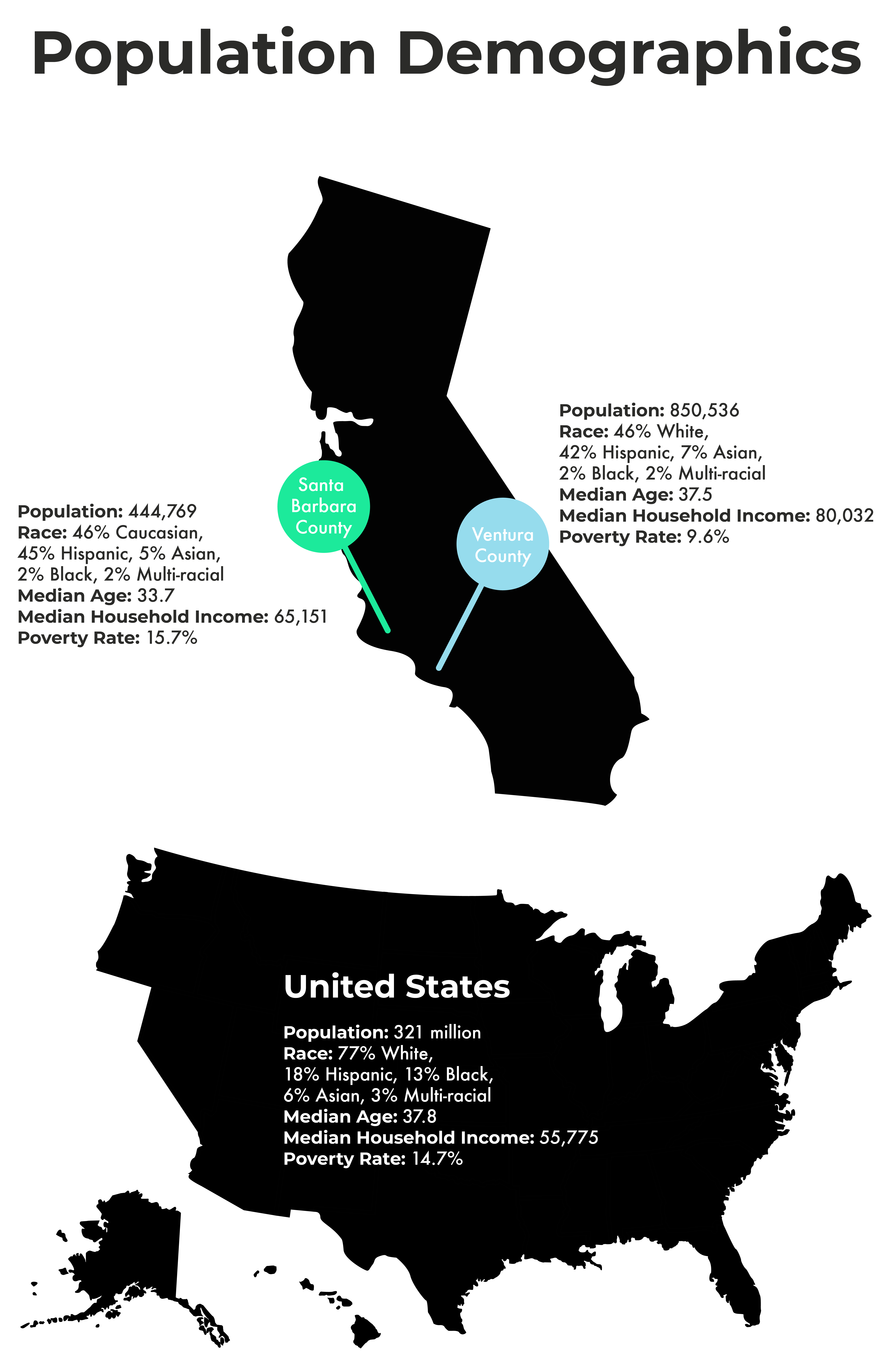
Santa Barbara County
Population: 444,769
Race: 46% Caucasian, 45% Hispanic, 5% Asian, 2% Black, 2% Multi-racial
Median Age: 33.7
Median household income: 65,151
Poverty Rate: 15.7%

Ventura County
Population: 850,536
Race: 46% White, 42% Hispanic, 7% Asian, 2% Black, 2% Multi-racial
Median Age: 37.5
Median Household Income: 80,032
Poverty Rate: 9.6%

United States
Population: 321 million
Race: 77% White, 18% Hispanic, 13% Black, 6% Asian, 3% Multi-racial
Median Age: 37.8
Median Household Income: 55,775
Poverty Rate: 14.7%
California is the most populated state in America. Almost forty million people call California home, and with a higher population comes the increased risk of higher drug abuse rates.
Over ten percent of the entire population of California is addicted to drugs. Prescription painkillers, heroin, and methamphetamine are the drugs most likely to be abused in California, and drug abuse is the leading cause of premature death in the state.
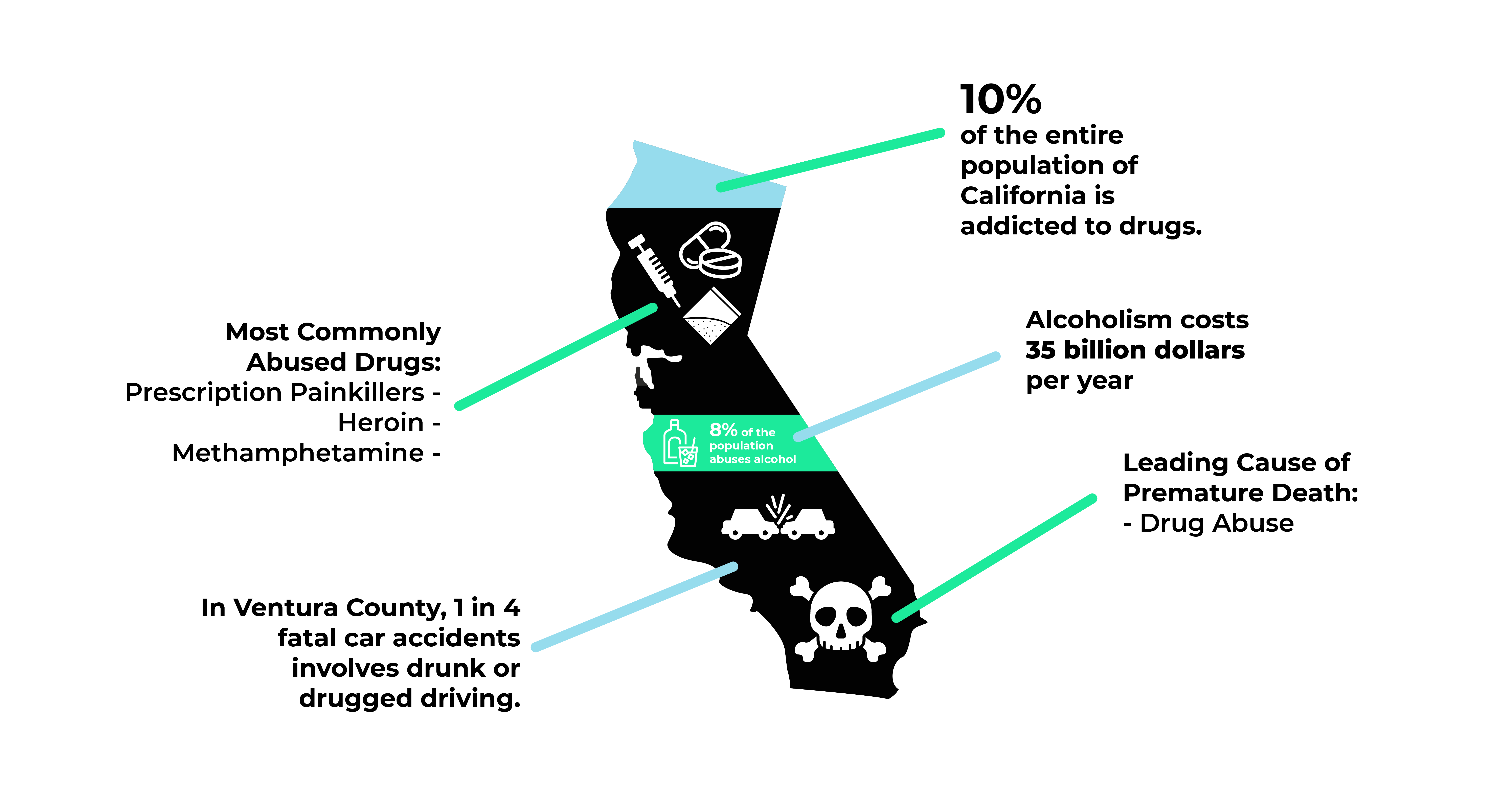
Close to 8% of the population of California abuses alcohol. Excessive alcohol consumption is estimated to cost the state 35 billion dollars per year in healthcare, legal, and lost productivity costs.
In Ventura County, one in four fatal car accidents involves drunk or drugged driving.
Southern California, in particular, is a hotbed of illegal drug use. Reasons for this are varied, but the beautiful scenery, perfect weather, large population, proximity to Mexico, and excellent transportation systems contribute to higher incidences of illegal drug use and trafficking in and out of the area. The drug trade and increased addiction rates spread like cancer from the southern part of California to the northern parts of the state and subsequently, to the rest of the country.
In Ventura County, prescription opioids are the leading cause of drug abuse deaths. Ventura County has outpaced the rest of California in prescription opioid addiction and overdose deaths since 2014.
Santa Barbara County doesn’t fare much better. Rates for prescription opioid overdoses have grown at a faster pace than in the rest of the state, and in 2015, 75 people died from either drug or alcohol abuse in Santa Barbara County.
The California Health Care Foundation has provided the following addiction statistics for the state:
Given the prevalence of addiction in California, the state is making efforts to improve substance abuse services provided through the government-funded Medi-Cal program to ensure that every Californian has access to needed addiction treatment.
Over ten million adults in the United States suffer from mental illness co-occurring with drug or alcohol abuse and addiction. Numerous nationwide population surveys have found that half of those suffering from a mental health disorder will develop a substance addiction or an alcohol addiction in their lifetime. Despite these high co-occurring findings, it is still unclear whether one causes the other, or which appeared first.
Subclinical symptoms can further complicate matters. Subclinical symptoms are when someone possesses behavioral or emotional issues that point to a mental disorder but are not severe enough for an official diagnosis. These subclinical symptoms may precipitate or even cause drug abuse, even though the person does not meet the full criteria for an official diagnosis.
Drugs and alcohol cause impairment and memory problems, and sufferers may have a subpar recollection of when their mental health issues started, whether it was before or after the drug addiction.
Also, certain drugs and their withdrawal symptoms can cause mental health disorders, such as psychosis, paranoia, and depression. This can occur with amphetamines like cocaine, methamphetamine, synthetic opioids, and hallucinogens such as LSD and ketamine.
The most common co-occurring mental health disorders are:
- Generalized anxiety disorder
- Post-traumatic stress disorder
- Depression
- ADHD
- Bipolar disorder
- Borderline personality disorder
- Antisocial personality disorder
- Schizophrenia
Schizophrenics have much higher rates of tobacco and alcohol addiction than the general population.
In California, one in twenty adults suffers from a mental health condition. Over 4% of adults in Santa Barbara County and over 3% in Ventura County have a mental health condition.
According to the most recent data, 15.4% of adults in California have a mental illness, and 4.2% meet the criteria for a serious mental illness, a mental health disorder that interferes with life functioning. Serious mental illness is most common among California adults who live below the poverty level.
Recent data shows the following additional trends for mental health disorders in California:
- There has been a relatively steady increase in the occurrence of major depression among teenagers in the state since 2011.
- The percentage of adults experiencing major depression in a given year has remained relatively stable, around 6%, since 2011, which is comparable to the prevalence of major depression across the United States.
- Around one-third of adults in California have both a serious mental illness and a substance use disorder.
- Only 37.2% of adults living with a mental health disorder in California receive treatment, and among those who do seek treatment, 17.2% do not receive services.
- Among adults struggling with major depression in California, 36.4% do not receive treatment for depression.
- California’s suicide rate has been consistently below the national average in the United States.

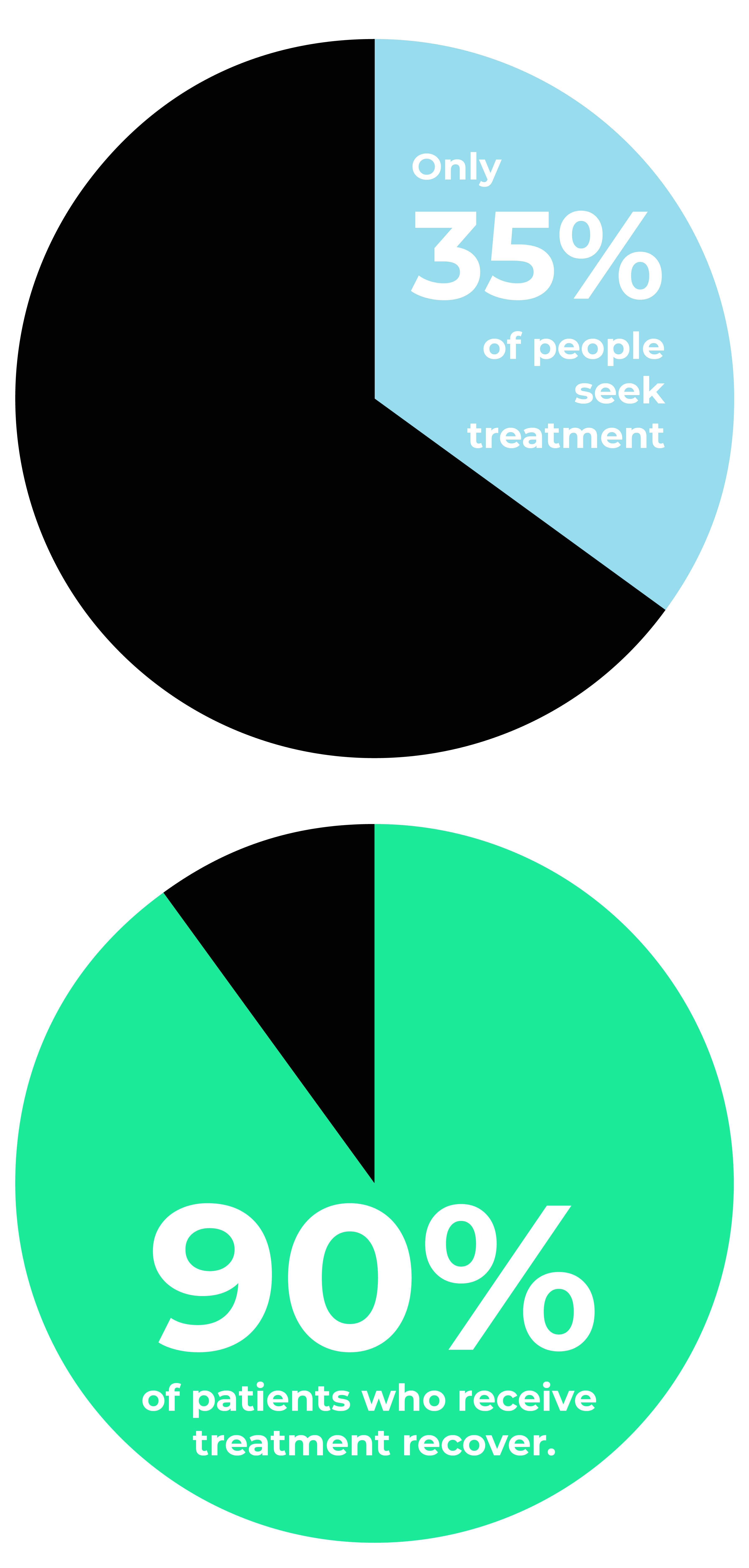
Although the consequences of mental health disorders and drug and alcohol addiction are devastating for individuals, families, and society, they are treatable.
Statistically, for serious and common mental health disorders such as depression, anxiety, and bipolar disorder, most can manage the condition successfully with adequate treatment. Up to 90% of people who get treatment for mental health disorders recover.
Addiction is a medical condition, and the rates of relapse and recovery are similar to other health conditions, like asthma or diabetes.
Drug and alcohol addiction treatment, like treatment for any other health condition, requires ongoing care and maintenance, and the unfortunate, but an often unavoidable consequence of having a health condition means that sometimes relapse will occur.
Consider that the common health condition, hypertension, requires care during and after treatment, exactly like an alcohol or drug addiction. Between 40 and 60 percent of drug addicts will relapse.
With hypertension, the percentage of relapse is even higher; between 50 and 70 percent of hypertension patients will experience a recurrence of the illness, despite receiving treatment.
Sometimes, environmental stressors can contribute to either a drug relapse or relapse of a health condition. Patients need to assess, with the help of trained medical professionals and support therapy groups, where they can tweak and pivot their treatment plans and make adjustments in their personal lives to stay healthy.
According to Gallup polls, the majority of patients who seek treatment from addiction do so with the help of either rehabilitation centers or inpatient treatment facilities.
Treatment for people suffering from mental health conditions that are co-occurring with addiction requires a more in-depth, comprehensive, and highly-individualized, or integrated, treatment plan. When a person seeking treatment presents with co-occurring disorders, their treatment will require an interdisciplinary team of therapists, counselors, case managers, and social workers.
First, the patient must be assessed for which type of drug or substance they are dependent on. The severity of the addiction must also be determined. Time spent in a medical detoxification center is imperative for the person to clear the substance from their system.
Once the patient is adequately detoxed, a mental health assessment can be performed by qualified psychiatric personnel. At this point in the recovery journey, any underlying mental health conditions can be accurately diagnosed and treated. Treating co-occuring mental health conditions will lower the individual’s risk of relapse.
Even though most individuals who receive treatment for mental health conditions and drug addiction make a successful recovery, the key is that they have to receive treatment. Without it, they will continue to suffer the adverse health, socio-economic, legal, and relational effects of untreated addiction and mental health disorders.
Across the United States, two-thirds of mental health sufferers do not receive treatment. In California, only 35% seek treatment. The most cited reasons for this are lack of access to medical and therapeutic resources and the stigma attached to mental health disorders and addiction. Oftentimes, addicts and their families simply do not know what resources are available to them.
This is not an issue unique to California, however; this is a problem which plagues the entire country.
 Fortunately for California residents, and the residents of southern California counties, in particular, this region of the country has the highest per-capita availability of drug rehabilitation centers. There are over 1400 rehabilitation centers in California, and most are located in the southern part of the state.
Fortunately for California residents, and the residents of southern California counties, in particular, this region of the country has the highest per-capita availability of drug rehabilitation centers. There are over 1400 rehabilitation centers in California, and most are located in the southern part of the state.
Private, luxury rehabilitation centers are available to those who can afford it. Staff is knowledgeable in formulating financial plans for treatment in private facilities. The state also offers publicly run and funded treatment centers for lower-income patients.
Southern California treatment centers offer patients various amenities and progressive treatment regimes like holistic healing. The world-renowned medical programs at USC and UCLA research facilities give rehabilitation centers in California proximity to the latest in cutting-edge and revolutionary treatment plans.
Rehabilitation centers are staffed with trained medical personnel who understand the unique problems sufferers of co-occuring conditions face.
Not only can drug abuse and addiction be treated in a progressive rehabilitation facility, but mental health conditions can be accurately evaluated and treated with a supportive group and individual therapy sessions and with pharmacological treatment methods. Both inpatient and outpatient therapy sessions are available, depending on the individual’s specific needs and circumstances.
Santa Barbara County offers low-cost, intensive outpatient treatment to help addicts make life-long recoveries from addiction. Facilities are publicly and privately funded, and there are several programs available targeted to the youth of Santa Barbara County. Preventative measures focus on educational and therapeutic seminars for at-risk young people.
Location and atmosphere are important components of an integrated treatment model in the fight against addiction and mental health distress. The scenery in Southern California is some of the most beautiful and esteemed in the world. People who suffer from addiction and comorbid mental health conditions often choose a rehabilitation center in Southern California because of the location alone.
Despite the grim statistics and the horrible costs to society, families, and individuals, it is possible to recover from drug addiction and to find adequate treatment for mental health disorders. Southern California addiction and treatment centers understand the link between co-occuring mental health conditions and drug abuse and are leading the way in mental health and addiction treatment.
While many people in California may go without treatment for conditions like mental illness, the reality is that help is available. If you are seeking treatment in the Santa Barbara or greater Southern California area, Mission Harbor Behavioral Health offers various treatment tracks, including adult mental health and substance abuse. We also provide a working professionals track and a program for adolescents. We can provide multiple levels of care, including a partial hospitalization program for those going through detox as well as intensive outpatient services with flexible scheduling options. Contact us today to speak to a professional and decide what sort of treatment is best for you.
Updated 4/22/21
This guide is intended to be informational. If you are considering help for you or your loved one and would like more information, please consult a medical professional or licensed treatment facility

